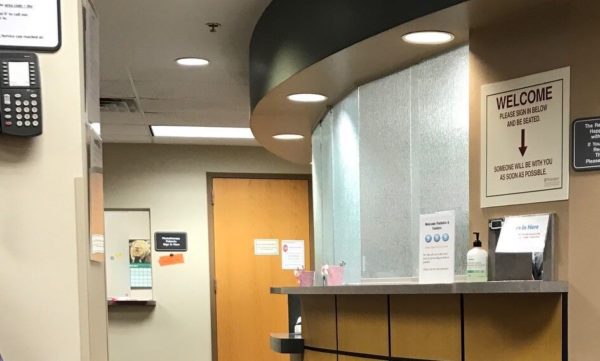
Why should I care?
Part 3 in Our Series: A Smarter Approach to S.M.A.R.T. Goals “Please help me connect the dots”In our work with frontline health care staff, this plea is one of the most common ones we hear. With new protocols, payer requirements and regulations shifting constantly, staff understandably struggle to make sense of all of these changes. To President Trump’s comment that “Nobody knew health care could be so complicated,” most frontline caregivers would tell you that they know providing care is more challenging and complex every day. That’s why setting and explaining goals that are meaningful is so important. Chasing the numbers can become all-consuming In today’s metrics-driven world, it is easy for even the most compassionate caregiver to quickly become obsessed with the numbers. Thirty-day








